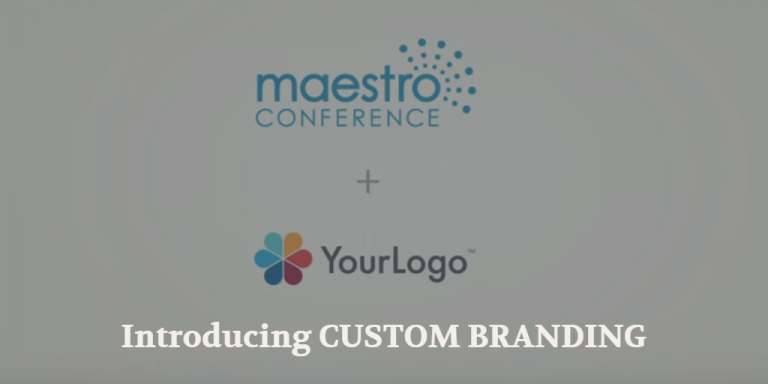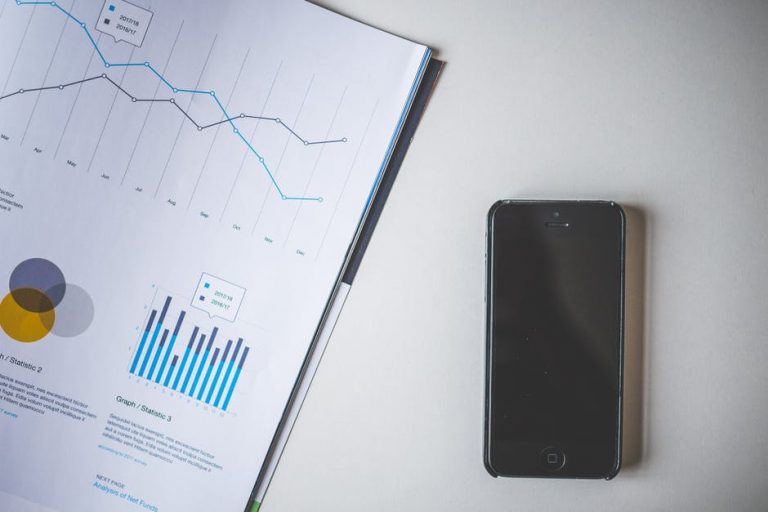Introduction to Gamification
Gamification is everywhere. The ooey-gooey, oh so addicting qualities of gamification enticing for game developers, educational institutions, and businesses alike.
In this post, you will learn what it is, why it works and find examples of a few different ways companies, learning institutions and games are integrating game mechanics.
What is Gamification?
Gamification is integrating the science and psychology of game mechanics into a non-gaming context to motivate a person to perform a particular activity.
For example, every time you go to the store and swipe your rewards card, that is gamification. The store is rewarding you with points, discounts, and free stuff because you are performing the desired action when you make a purchase.
Why Gamification Works
In The Science Behind Gamification and Why it Works, the author states:
“Gamification is all about motivation, the desire and willingness to do something. This feeling of drive and ambition is fueled by dopamine, the chemical signal that gets passed from one neuron in your brain to another. Essentially, your body releases dopamine when you experience something pleasurable or satisfying. While these can be all sorts of things, receiving a reward is one of the biggest.”
In a video posted on Wharton’s website, Wharton business ethics professor Kevin Werbach explains how it taps into our human motivations such as motivation for mastery, our desire to be connected to something greater and our desire for achievement.
Those are some pretty powerful motivators!
Basic Examples
There are a variety of ways we see companies using gamification. Here are some basic examples that show when and how they are being used.
Progress Bars
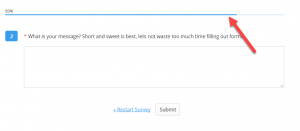
Have you ever filled out a form with one of those progress bars at the top that shows how close or far you are from completing the form? That is an example of gamification in one of it’s simplest forms.
Progress bars have mixed results when it comes to surveys, so use them wisely! SurveyMonkey experimented with progress bars, which led to some interesting results. Surveys that had progress bars at the bottom of the page performed better in nearly every case. To learn more about the experiment, check out this post.
Rewards
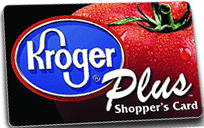 Kroger, one of the biggest grocery retailers in the world, features a fuel program to incentivize customers to shop at their stores to earn points toward fuel discounts. For every 100 points, you receive $0.10 off per gallon, up to $1 off per gallon.
Kroger, one of the biggest grocery retailers in the world, features a fuel program to incentivize customers to shop at their stores to earn points toward fuel discounts. For every 100 points, you receive $0.10 off per gallon, up to $1 off per gallon.
Badges

Khan Academy gamifies their platform by rewarding students (and parents) with badges based on activity. When certain objectives are met, the student will earn a badge.
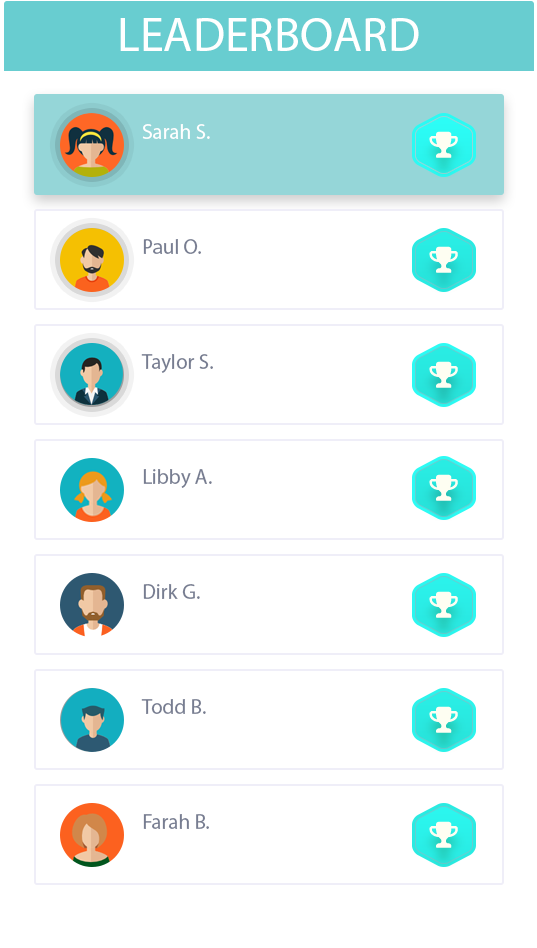 Leaderboards
Leaderboards
Social games like Clash of Clans, Minecraft and Candy Crush all have leaderboards which display player ranking. Leaderboards have also been used by businesses to encourage engagement. For example, Social Media Examiner’s Society maintains a leaderboard of the most active members to promote activity.
Conclusion
Gamification has already become seamlessly integrated into our culture. Every time you make a purchase using a points card, earn a reward such as free gas or complete a form with steps; you are engaging in gamification.
I would love for you to share your experiences with gamification in the comments below.




